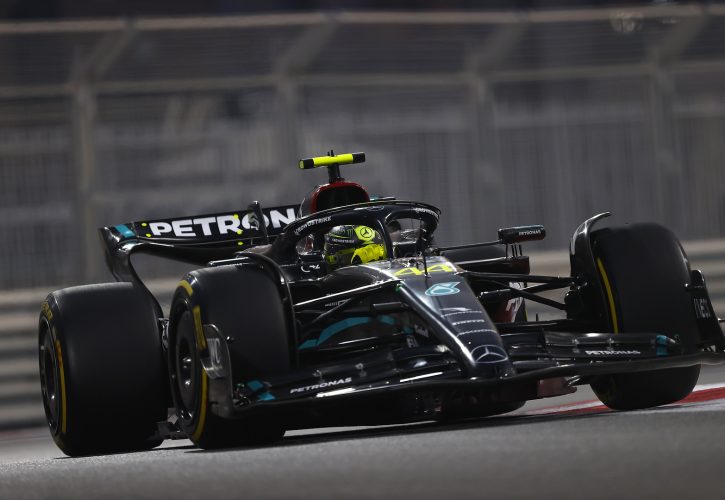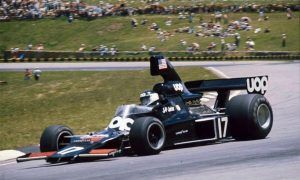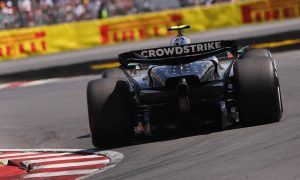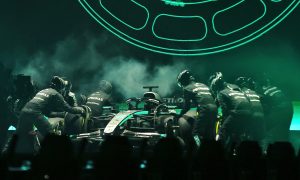
Mercedes technical director James Allison admits that the super-stiff low ride height demands of F1’s current ground effect cars is “not a great thing” for the sport.
The introduction of ground effect aerodynamics in F1 at the start of the 2022 season was intended to improve overtaking opportunities by reducing the amount of dirty air generated by the cars.
However, Allison argues that the focus on the aero concept has led to a situation where teams are forced to run the cars at very low heights, which in turn necessitates extremely stiff suspension settings.
The Mercedes engineer believes that this hasn’t been conducive to a positive racing experience for both teams and drivers.
“You guys [the media] used to carry on endlessly about high-rake, low-rake cars as if that was the beginning, end, and middle of everything,” Allison explained, quoted by Motorsport.com.
“A high-rake car was around 140mm [rear ride height]. A low-rake car would be like 120mm or whatever. Well, both of them are stratospheric ranges compared with these cars.
“These are all cars that are setting off in the 60mms. There might be a few millimetres of difference between them, but they're all just on the ground.”
Read also:
Allison further highlights the narrow operating window of the current cars, which limits the ability of teams and engineers to experiment and find creative solutions – although McLaren and Aston Martin might disagree with this premise.
This lack of flexibility, he believes, is not only hindering innovation but also making it more challenging for teams to extract the maximum potential from the cars compared to Formula 1’s previous regulations.

“Well, you could have a car that was a little bit more one-dimensional at tracks that are a bit more one-dimensional,” Allison said.
“So if there isn't a big speed range, then you could maybe set your car up such that the corners coincide with where your good bit is, and you don't suffer horribly for it dropping away either side.
“But when you go to a place that's a bit more of a broad test of a car - like Austin for example - where you've got real fast stuff, some slow stuff, and some in-between stuff, and some decent straights, and some bumps, then that's going to test the bit where it's falling off the back end of the performance.
“It's going to test the end of straight [downforce] failure, it's going to need to stay strong in the fast [corners].
“And it's hard to persuade the car to do all of those things with a set of rules that basically don't want to do anything except be near the ground.”

Allison suggests that the restricted setup range has also impacted drivers' enjoyment, as they are left battling with cars that are less responsive and less forgiving.
While reigning world champion Max Verstappen has enjoyed success in the current era, the Red Bull charger has expressed his dissatisfaction with the handling characteristics of the ground effect cars.
The Dutchman has likened the cars to "roller coasters" and has stated that they require a different driving style that he doesn't particularly enjoy.
“I'm sure I bang on about this because it's been a bug-bear of mine, but I personally don't think it's a great thing,” Allison continued.
“I don't think it's good having the cars operating, when they leave the garage, with that much space to the ground," he emphasized with a gesture of a few millimetres using his fingers.
“You get the person who's winning the championship by one of the biggest margins ever, and has every reason to love his car to bits, and I doubt he'll tell you it's a lovely thing.
“It is not like it was a couple of years ago.”
Keep up to date with all the F1 news via Facebook and Twitter







